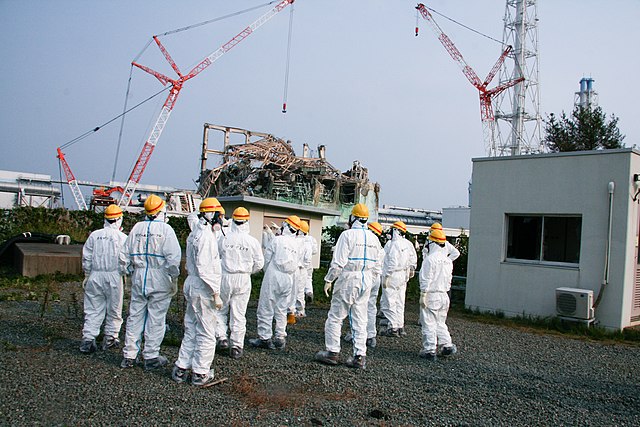The South Korean government stated on July 7, that Japan’s plan to release treated water from the Fukushima nuclear power plant into the Pacific Ocean passes international requirements. This declaration follows the International Atomic Energy Agency’s (IAEA) conclusion that the proposed water release is safe.
South Korea Supports Japan’s Proposal
South Korea conducted its own assessments based on an inspection of the Fukushima plant in late May, as well as its own data and the IAEA’s review. These evaluations indicated that the release of over 1.3 million tonnes of radioactive water would be safe if conducted according to the detailed proposal. Minister of the Office for Government Policy Coordination, Bang Moon-kyu, stated during a briefing on Friday, “We have confirmed the concentration of radioactive material meets standards for ocean discharge…and therefore, the plan meets international standards including those of the IAEA.”
Concerns over Radioactive Tritium
The proposal to release the water, most of which was used to cool the reactors before being treated and stored in tanks on-site, has raised concerns among neighboring countries, as well as Pacific island nations still grappling with the effects of nuclear weapons testing. The primary focus of concern revolves around the potential risks posed by the radioactive isotope tritium, which is challenging to remove from water.
IAEA Approves Japan’s Plan
In its two-year safety review, the IAEA concluded that Japan would dilute the water to bring the tritium levels below regulatory standards. The agency also stated that its experts would be present at Fukushima during the release, which is expected to occur over several decades. Director General Rafael Grossi announced on Tuesday that the plan was “consistent with relevant international safety standards” and that the controlled and gradual discharge of treated water into the sea would have a negligible impact on people and the environment.
China Criticizes IAEA Report
China has emerged as one of the most vocal critics of Japan’s plan. In response to the IAEA report, China stated that it “failed to fully reflect views from experts” who participated in the review. The state-run tabloid, the Global Times, quoted Chinese expert Senlin Liu, a member of the agency’s technical working group, expressing disappointment with the “hasty” report and limited expert input.
However, Director General Grossi dismissed these claims, asserting that the IAEA’s publication was “scientifically impeccable.” He clarified that the review was not an endorsement but rather consistent with established standards.
Japan Faces Bans on Food Imports
China’s customs department announced a ban on food products from ten Japanese prefectures due to safety concerns. Additionally, China plans to intensify testing for radioactive substances. South Korea also maintains a ban on seafood products from the Fukushima area. These import bans further exacerbate concerns within Japan, particularly among fishing communities that fear the impact on their livelihoods.
Fishing Communities Worried about Livelihoods
The proposed release of treated water into the Pacific Ocean has raised significant worries among fishing communities in Japan. The potential impact on marine life and the subsequent consumer perception of safety have heightened concerns about the future of the fishing industry.
The Fukushima Nuclear Disaster
The Fukushima nuclear power plant was devastated by the tsunami that struck in March 2011. The disaster destroyed the plant’s electricity and cooling systems, resulting in the worst nuclear catastrophe since the Chernobyl incident. To date, the majority of the water collected for release comes from the cooling of the three damaged reactors. The advanced liquid processing system (ALPS) at the plant filters out most of the radioactive elements, producing large volumes of newly contaminated water every day.
Director General Rafael Grossi is scheduled to address the media before embarking on visits to South Korea, New Zealand, and the Cook Islands to discuss the Fukushima situation and Japan’s proposed water release plan.















